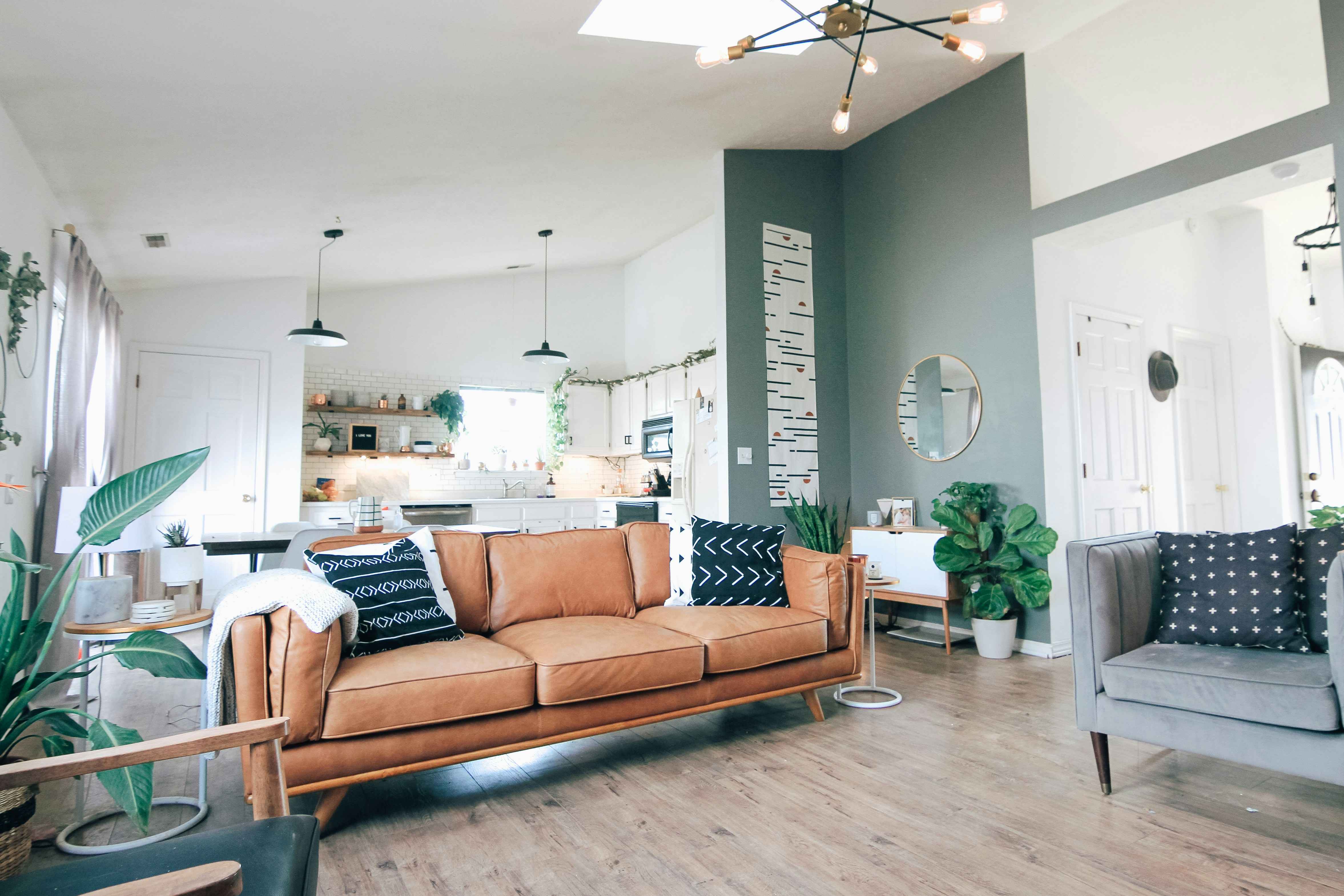
As demand for affordable and shared housing options continues to rise, landlords of Houses in Multiple Occupation (HMOs) face a growing challenge: how to create spaces that are both functional and appealing to tenants. A well-designed HMO can enhance tenant satisfaction, reduce vacancy rates, and increase rental income, making it a key investment for landlords. In this guide, we’ll explore best practices for designing HMOs that not only meet tenants’ practical needs but also create a comfortable and attractive living environment. Optimised for SEO, this article will help landlords searching for ways to improve HMO design and tenant experience. For landlords, the success of an HMO hinges on more than just location and rent price. Tenants are looking for well-designed spaces that balance privacy and community, offer modern amenities, and make life easier. A thoughtfully designed HMO can lead to longer tenancies, fewer maintenance issues, and better tenant relations. One of the primary challenges with HMO properties is making the most of limited space. To create a comfortable and functional environment, landlords must focus on optimising layouts that give tenants ample room for privacy while ensuring communal areas are practical. Tips for Smart Layouts: Private Space: Ensure that each tenant’s room is adequately sized, with enough room for a bed, storage, and workspace if needed. Tenants will appreciate well-thought-out private areas where they can retreat. Open-Plan Communal Areas: For shared living rooms and kitchens, open-plan layouts can help make the space feel larger and encourage social interaction. Storage Solutions: Invest in built-in storage solutions for communal areas, such as kitchen cabinets and hallway closets, to prevent clutter and ensure that all tenants have enough space for their belongings. HMOs naturally see higher wear and tear than single-occupancy homes, so it’s essential to invest in durable materials and finishes that can withstand daily use. This not only reduces maintenance costs but also ensures that the property remains in good condition, creating a better living experience for tenants. Tips for Durability and Maintenance: Hardwearing Floors: Choose flooring materials such as laminate, tile, or vinyl that can handle heavy foot traffic and are easy to clean. Easy-to-Clean Surfaces: In communal kitchens and bathrooms, select countertops, tiles, and fixtures that are resistant to stains, water, and grime. Robust Furniture: Invest in high-quality, durable furniture for shared spaces. Sofas, dining tables, and chairs should be easy to clean and capable of withstanding frequent use. Gone are the days when shared housing meant outdated decor and a lack of style. Today’s tenants expect modern, aesthetically pleasing interiors that reflect the trends of contemporary living. A well-designed HMO that looks fresh and stylish can significantly enhance tenant satisfaction and attract high-quality tenants. Tips for Modern Interiors: Neutral Colour Palettes: Opt for neutral tones like whites, greys, and soft pastels, which not only make spaces feel larger but also appeal to a wider audience. Contemporary Fixtures: Install modern lighting fixtures, sleek kitchen cabinets, and updated bathroom fittings to give the space a polished, professional look. Incorporate Art and Decor: Adding a few pieces of art or design elements to communal spaces can make the property feel more inviting and less institutional. Consider wall prints, plants, or even feature walls. Tenants are increasingly expecting high-quality amenities in their rental properties, and HMOs are no exception. By providing modern conveniences, landlords can stand out in a competitive rental market and enhance the overall living experience for their tenants. Key Amenities to Consider: High-Speed Internet: Reliable, fast internet is a must, particularly for young professionals and students who may be working or studying from home. Appliances and Utilities: Ensure that communal kitchens have essential appliances like ovens, microwaves, dishwashers, and washing machines. Energy-efficient options will help keep utility costs down. Security Features: Safety is a top priority for tenants, so consider installing secure entry systems, fire alarms, and carbon monoxide detectors. One of the main attractions of HMO living is the opportunity for social interaction and community. While tenants value privacy, they also appreciate shared spaces that encourage connection. Design your HMO to foster a sense of community while respecting each tenant’s need for space. Tips for Creating Community: Comfortable Communal Areas: Invest in cosy furniture and entertainment options, like a TV or games console, to make communal living areas inviting. Outdoor Spaces: If possible, provide outdoor areas like a garden or terrace where tenants can relax and socialise. Group Events: Consider organising occasional community events, such as a shared meal or a game night, to help tenants bond and feel more at home. As environmental concerns become more prominent, many tenants are seeking properties that align with their values. Sustainable design not only appeals to eco-conscious tenants but can also reduce running costs through energy efficiency. Sustainability Tips: Energy-Efficient Appliances: Equip your HMO with energy-saving appliances to lower utility bills and reduce the property’s carbon footprint. LED Lighting: Use energy-efficient LED bulbs throughout the property to save on energy costs and reduce environmental impact. Waste Management: Provide recycling bins and encourage tenants to participate in waste reduction practices. As an HMO landlord, investing in functional, durable, and attractive design is crucial for tenant satisfaction and long-term success. From maximising space with smart layouts to incorporating modern amenities and fostering a sense of community, every design decision should prioritise the needs of your tenants. By creating a well-designed HMO, you can ensure higher occupancy rates, reduce tenant turnover, and establish a positive reputation in the rental market.Why HMO Design Matters
1. Maximise Space with Smart Layouts
2. Prioritise Durability and Easy Maintenance
3. Create a Modern and Attractive Interior
4. Offer High-Quality Amenities
5. Foster a Sense of Community
6. Sustainability and Eco-Friendly Design
Conclusion: Design for Tenant Satisfaction
